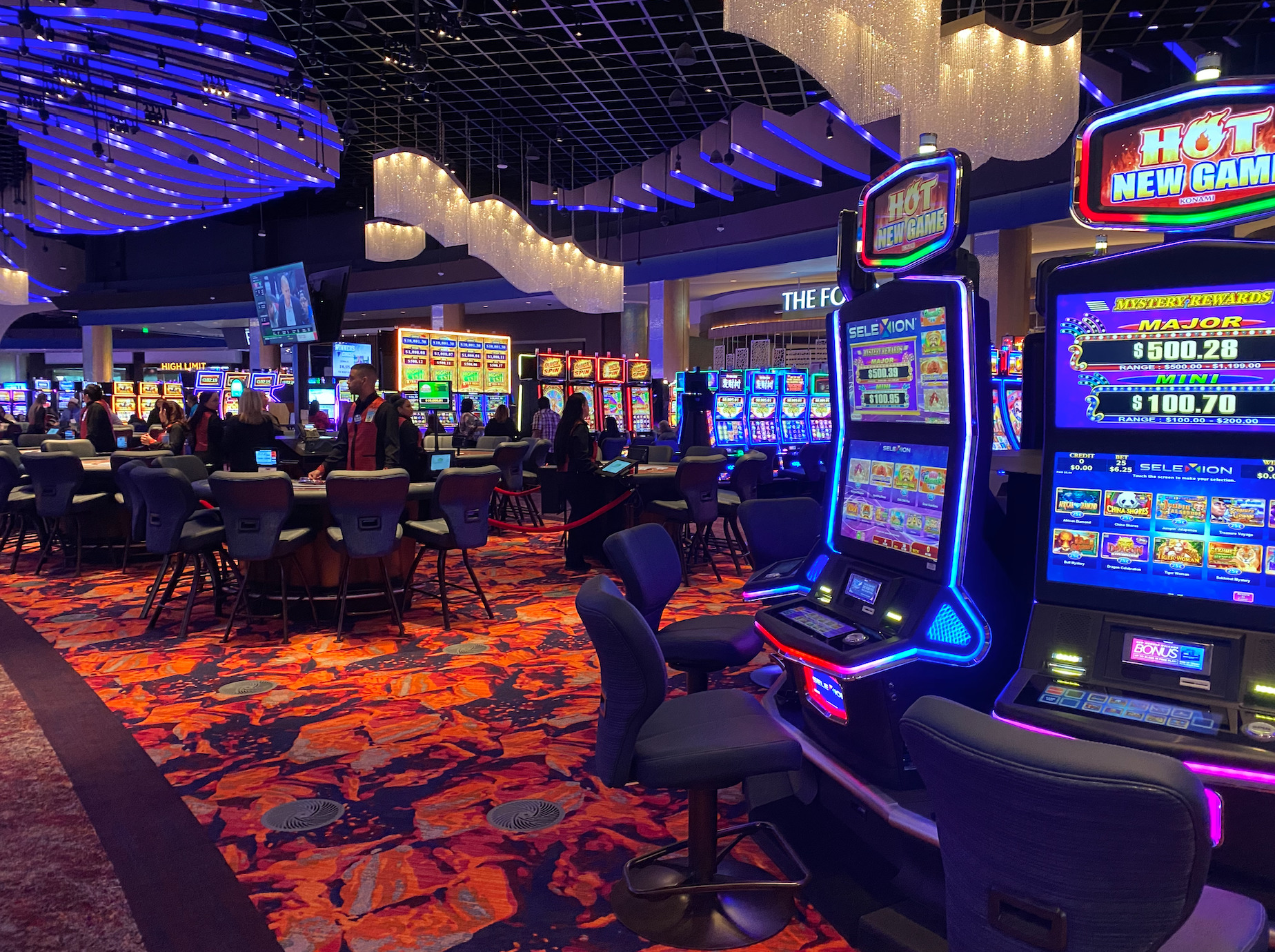
Casino experiences have long captivated human interest, drawing players into a realm filled with fortune, planning, and the allure of adventure. Each game is meticulously crafted not just for enjoyment, but also to inspire targeted emotional responses that keep gamblers engaged and invested. Understanding the drives behind these designs reveals much about how human psychology plays a vital role in the gaming experience.
From the dazzling lights and lively sounds to the intricate layering of guidelines and payoffs, casino games are designed to create an atmosphere of anticipation and expectation. Game designers leverage psychological principles to influence participant behavior, whether through the use of big prizes, near-miss scenarios, or community engagement. By examining these elements, we can better appreciate how casino games fulfill not just a desire for entertainment, but underlying psychological needs for thrill and uncertainty.
Understanding Gamer Behavior
Casino games are crafted with a profound comprehension of gamer psychology, which is crucial for luring and retaining players. The rush of the game, coupled with the hope of winning, creates a strong attraction. Game designers make use of elements like sonic elements, vibrant graphics, and immersive gameplay to engage attention and generate emotional responses. These sensory effects enhance the immersive experience, making players feel more attached in the game.
Another notable aspect of player behavior is the concept of risk versus reward. Casino games often manage high-risk scenarios with the potential for considerable rewards, which can cause the occurrence known as near-miss effect. When players come close to winning, the brain secretes dopamine, strengthening their behavior and motivating them to persist playing in pursuit of that hard-to-reach win. non GamStop bookies This cycle of wish and letdown plays a crucial role in how games are designed and promoted.
Lastly, community aspects also play a critical role in player behavior at casinos. Many games are crafted to be played in teams or alongside other players, fostering a sense of belonging and collective experience. The social interaction inherent in games like poker enhances enjoyment and can result in longer play sessions. Designers leverage on this by creating environments that encourage players to stay, connect, and revisit, making the overall casino experience more attractive.
The Role of Visuals and Sound
Visuals and audio play a crucial role in enhancing the gambler’s experience within casino games. Designers utilize bold colors, eye-catching graphics, and engaging animations to grab players’ attention and hold their focus. The use of motifs, such as exploration or opulence, helps create an immersive atmosphere that transports players into another world. By appealing to the senses, these elements contribute to a intensified emotional response, prompting players to engage more profoundly with the games.
Sound design is just as important in reinforcing the overall experience of casino games. The mix of ambient music, sound effects for winning combinations, and environmental noises creates an sound landscape that keeps players enthralled. Audio cues associated with victories, such as chiming bells or festive music, evoke feelings of thrill and reward, prompting players to continue playing. These sound cues are strategically placed to enhance the thrill of the game and create a more immersive experience.
Additionally, the alignment of imagery and audio is important for supporting the game’s overall theme and mood. Each element should coordinate seamlessly to create a unified experience that draws players in. The effective use of this synergy not only enhances user satisfaction but also increases the chances of repeat play, as players become more engaged in the captivating world that the casino games offer. This thoughtful integration of imagery and audio ultimately enhances player engagement and loyalty.
Incentive Structures and Engagement
The creation of gambling games heavily relies on reward structures to keep participants engaged and returning for additional experiences. These structures are based in psychological principles that take advantage of human behavior and desire. Players are often driven by the excitement of winning, which is supported by immediate feedback through the game structure’s mechanics. This instant gratification not just enhances the overall experience but also fosters a sense of achievement, encouraging players to continue participating in hopes of greater gains.
Gaming establishments implement various reward structures, including jackpots, bonuses, and multipliers, to engage participants. These features create a level of excitement that maintains interest. Additionally, the randomness of results plays a crucial role in sustaining attention. The intermittent reinforcement schedule, where wins are random but occur often enough, keeps participants on edge and motivated to continue participating. This cycle of hope and anticipation is essential to the effectiveness of gambling experiences.
Furthermore, community aspects, such as tournaments and collaborative options, boost the participation factor by tapping into the competitive nature of participants. The communal aspect of playing with others can intensify the excitement of winning and create a community atmosphere within the gaming space. By combining these community elements with efficient reward systems, gambling experiences don’t just provide entertainment but also nurture a deeper bond among participants, reinforcing their commitment to the overall experience.